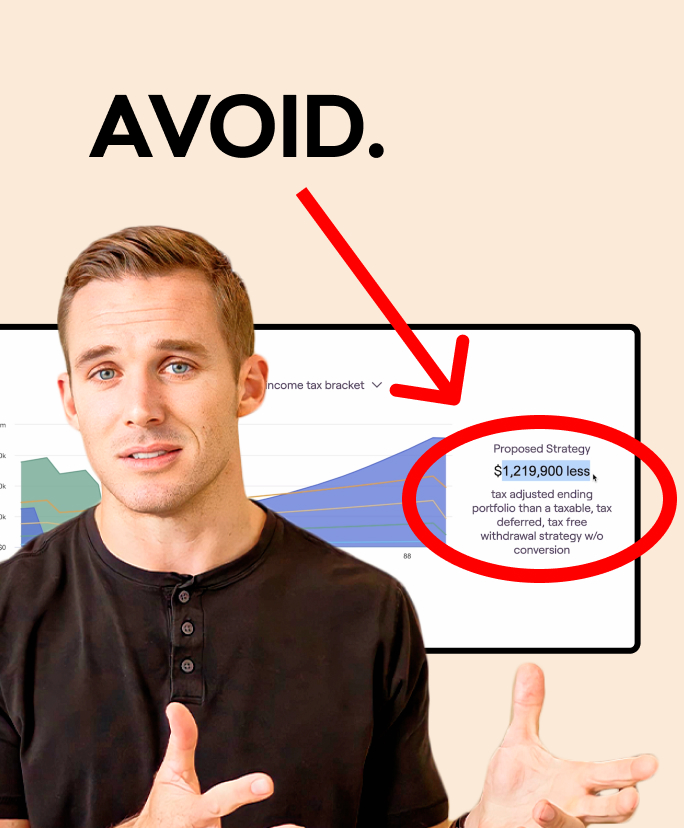Risk tolerance questionnaires are one of the most commonly used tools by financial advisors, yet they can be incredibly misleading if used incorrectly. An investor’s answers are often shaped by the current market mood and recent returns. The recency bias that distorts their answers to the questions can put their financial plan in jeopardy if the questionnaire is the primary determinant for the asset allocation. The truth is, no one truly knows how much risk they can handle until they’re living through it, and at that point, it’s likely too late to shift the allocation.
The psychological bias must be checked: when people imagine the future, they can only picture it using pieces of their past. We fill in the blanks with places we’ve been, things we’ve seen, or experiences we’ve already had. It’s the same in investing — when you ask a client, “How would you feel if your portfolio dropped 20–30%?”, they picture their life exactly as it is today, but with a smaller portfolio value.
But real downturns don’t happen in a vacuum.
Our Vision of the Future
“How would you feel if your portfolio dropped 20–30%?”
Ask that question in 2019, and most clients would imagine a 30% decline while still playing tennis twice a week, grabbing beers with friends, visiting grandkids, and going out to dinner. Fast-forward to the reality of 2020–2022: during the next major downturn, those same investors were worried about COVID, political tensions, war in Ukraine, inflation, $100 gas fill-ups — and a 30% drop in their portfolio. The market downturn was just one piece of a much more stressful puzzle.
Ask the same question today, and people will picture the current set of challenges: tariffs, AI, geopolitics. But the next downturn will bring a different set of problems we can’t yet name. That’s the constant: the details of uncertainty change, but the feeling of uncertainty is always there.
If clients only think about market declines in the context of the present, they underestimate how future crises will feel when layered with new, unfamiliar pressures. In a probabilistic world where luck and skill blur together, and predicting the future is a fool’s errand, the only thing we can be certain of is uncertainty itself.
And that’s where risk tolerance questionnaires fall short. They measure an investor’s feelings about risk in a familiar, imagined world, but they don’t measure their capacity for risk when the unfamiliar arrives.
Risk Tolerance…Plus Risk Capacity
That’s why we go further. We pair risk tolerance with risk capacity: the objective measure of how much risk an investor can afford to take based on their goals, time horizon, liquidity needs, and life stage. Risk capacity anchors the allocation in reality, not just emotion. When markets fall and the world feels unstable, risk capacity keeps the portfolio aligned with the investor’s actual ability to weather the storm, not just their memory of calmer seas.
In short, risk tolerance tells us what clients think they can handle today. Risk capacity tells us what clients can actually handle tomorrow. When both are part of the allocation conversation, we have a portfolio that is ready to leave the safety of the harbor and sail into the open sea.
CONSIDER
Michael Jordan on the practice habits of his teammates from the 1992 Dream Team (perhaps the single best basketball team of all-time):
“They are deceiving themselves about what the game requires.”
The Chicago Bulls went on to win another 4 NBA Championships after this. What does the game we play require?
–
Let’s get after it this week!
Brooks
Brooks Palmer, CFP® is Head of Investments at Root where he helps identify, evaluate, and implement investment solutions tailored to clients’ needs. In Full-Court Press, he breaks down what’s happening in the markets—cutting through the noise and jargon—while connecting it to Root’s core investment tenets so you can make the most of your money and your life!
Advisory services are offered through Root Financial Partners, LLC, an SEC registered investment adviser. This content is intended for informational and educational purposes only and should not be construed as personalized investment advice or a recommendation to buy or sell any security. Any forward-looking statements, including expectations about market returns, are hypothetical in nature, do not reflect actual investment results, and are not guarantees of future performance. Any examples provided are for illustrative purposes only. Past performance is not indicative of future results.


